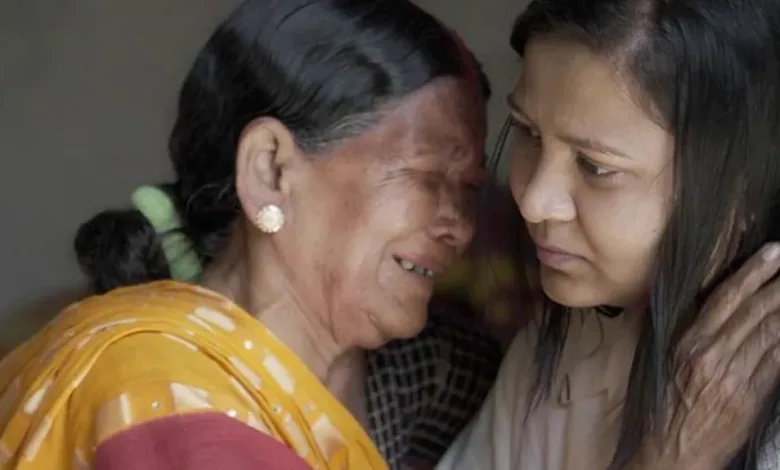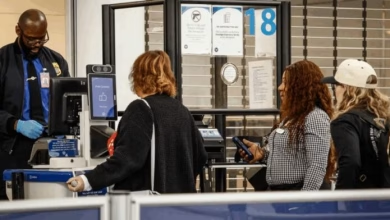Murdering Girls: A Heartbreaking Past, A Hopeful Future

- Siro, her eyes filled with tears, clings to Monica
- The midwives confessed to the horrific acts under duress
- This story is a testament to the resilience of the human spirit
In the quiet Indian town where Siro Devi has delivered countless babies, a poignant reunion takes place. Monica Thatte, now in her late 20s, has returned to her birthplace, a place haunted by a dark secret.
Siro, her eyes filled with tears, clings to Monica.
Decades ago, Siro and other rural midwives faced an unimaginable pressure: to murder newborn girls. Monica, evidence suggests, is one of the survivors.
This story, spanning over three decades, begins in 1996 when the journalist encountered Siro and four other midwives in Bihar.
Accused of killing hundreds of baby girls, the midwives confessed to the horrific acts under duress from families desperate for sons.
The reasons behind these tragic events were deeply rooted in Indian society.
The preference for sons, driven by cultural norms and dowry traditions, led to the devaluation of female lives.
Midwives, often from lower castes, were powerless to resist the demands of powerful families.
However, a glimmer of hope emerged. Anila Kumari, a social worker, challenged the midwives’ beliefs and offered support. Through her guidance, the midwives began to resist these horrific orders.
One of the girls saved was likely Monica.
Adopted by a loving family, she grew up unaware of her harrowing origins.
The reunion with Siro, the woman who risked her own safety to save her, was a profound moment of connection.
This story is a testament to the resilience of the human spirit. It highlights the power of compassion and the potential for change, even in the face of deep-rooted societal challenges.






